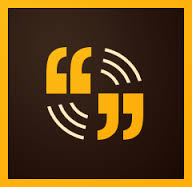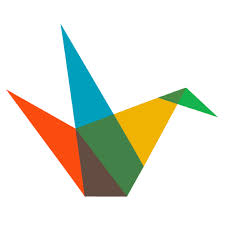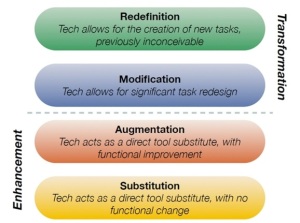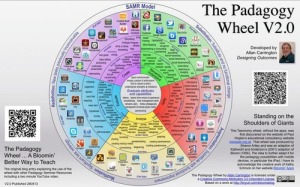There has been a lot of sensationalist headlines in the UK press recently regarding the role of technology in the classroom, which has once again brought the topic of tablets back to the public’s attention. Articles such as this, from the Sunday Times, have very sensationalist headlines:
However, Tom Bennett, the government advisor on behaviour has clarified his position in his blog (Tom Bennett), which has a more balanced view where he recognises that technology can have a positive educational impact when used in the right way. I don’t disagree with Tom, technology can be distracting, but so can many other things. In the 20+ years that I have been teaching I have seen students distracted by paper (who doesn’t remember making paper aeroplanes?), pens (graffitti anyone?), open windows and most recently books being read under the table in another lesson. We obviously don’t advocate banning all those things! The truth is, students are easily distracted, but technology, used the right way can have the opposite effect. When students are busy making film, or demonstrating learning via animation they are more focussed, more engaged and most importantly, learning.
At Pleckgate we banned personal mobile devices in the classroom, but gave students an iPad that the school owned and controlled. These devices were filtered, in and out of school; all social media was blocked and the app store removed so that students could not download games. We also gave teachers the control needed to lock devices, control what websites they can go on, and monitored their use. The MDM (mobile device management) profiles on devices gave us that control, and basically made it impossible for students to personalise the devices with their own apps. A tough policy on use of devices also made it clear that any mis-use, or deleting profiles (not an issue now DEP is in UK) and they would lose their device. However, the key for the success at Pleckgate was not about the devices at all. We always said the device was there as a tool to aid teachers, we did not advocate everything had to be done on them. The school embraced the TEEP model for improving teaching and learning, and the iPad development plan was matched into this to ensure the focus was on pedagogy not technology. We always maintained that the technology was an enabler for improving/diversifying pedagogical practices proven to work (Meta-cognition, feedback, collaboration, homework etc.) all proven to improve outcomes by the EEF.
Here is an example of how the iPad programme was mapped into the plan to improve learning and teaching and the TEEP (which is now also being researched as a successful intervention by the EEF). Ipad Development Plan. An example of a lesson where technology really made a difference to learning was in geography. In this lesson, students made stop motion animation videos to demonstrate how physical landforms were made. Without the technology, students would have drawn some diagrams and added labels, but this is easy to copy and do without thinking. By re-creating the physical steps students had to really understand the processes and they were therefore able to re-call this information much more clearly, as was evidenced by written exam answers ( and yes, the students did still answer an exam question, essay style, with a pen).
The introduction of iPads, combined with all the other interventions, helped our last year 11s achieve the highest results in the school’s history. Did the iPads do that on their own, of course not. So if you are planning a 1:1 roll out, do not do so without careful planning, and do not rush deployment. You must make decisions on many things, including levels of control, but most importantly how the iPads fit into a wider plan to improve learning and teaching.





